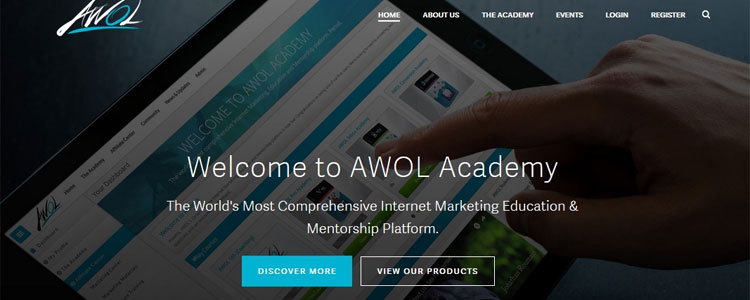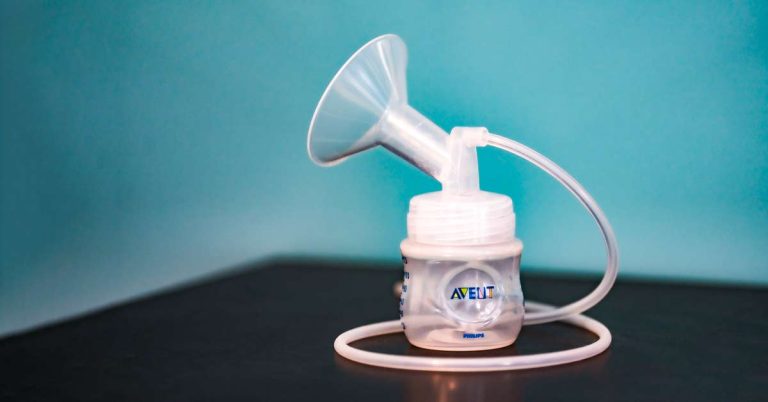If you’re an affiliate marketer, blogger or online entrepreneur, you’re probably using email marketing to keep in touch with your subscribers, promote your products and services, and grow your audience. And little wonder: For every $1 spent, email marketing gives a whopping $40 return on investment (ROI) according to the Direct Marketing Association.
- Inbox Dollars - Get paid to check your email. $5 bonus just for signing up!
- Survey Junkie - The #1 survey site that doesn't suck. Short surveys, high payouts, simply the best.
- Nielsen - Download their app and get paid $50!
Given these kind of data, it is in your best interest to spend some time writing the most eye-catching and finger-clicking email ledes you can think of. What exactly is a lede? It’s a journalistic term used to describe a story opener that grabs a scanner’s attention and entices her to keep reading. A lede typically answers one or more of the five W’s (who, what, where, when and why) in as few words as possible. Consider the following lede examples:
Animal the Muppet was hurt during last night’s rock concert when the stage collapsed.
Pope Francis celebrates Mass while parachuting over the Tiber.
Eating carrots can actually harm your eyesight, a new research study claims.
In the above examples, a minimum number of words were used to generate these ledes and entice readers to learn more. Each of the ledes also answered at least one of the five W’s. However, it’s not only news stories that can take advantage of the power of the lede.
How ledes increase email opens and clicks
Emails are either opened or discarded- and all within a matter of seconds- based largely on their headlines. If you write an overtly spammy or non-descriptive headline for your email, you can almost bet that it will be deleted- or even blocked. But if you write an email that uses a good headline -or lede -you’ll get far more than the average number of opens and clicks.
In many instances, email ledes also employ so-called “trigger” words that grab -and maintain -the attention of the scanner. Trigger words, if used, are most effective when placed within the first five words of the lede. Here are seven lede ideas, and their bolded triggers, that you can use to increase the likelihood of people opening your emails and performing the requested action.
1. Ask a question.
Using a question as your lede is a great way to pique the interest of your scanner and get him to learn more by opening the email. For example, if you own a work-at-home website and are writing to an audience of cubicle-dwelling employees, you might wish to title your email with either of the two following questions:
Are you tired of butting your head against the corporate glass ceiling?
How many hours do you waste during your weekly work commute?
These email openers not only ask some pertinent questions of their audience, but they also attempt to evoke an emotion- frustration- to encourage action. Finally, the emails use the trigger word “you” to make their messages personal.
2. Ask for help.
Let me help you help me (as I like to say). People, as a general rule, love to feel needed and to feel that their advice is valuable. Also, you may already know this, but people love to give their personal opinions on matters. Here are some ledes that, ahem, take advantage of people’s good nature:
Help save retired greyhounds from slaughter.
Help design our new office by filling out this short survey.
Your opinions matter to us.
Notice how the trigger word help is used fairly often; this trigger is also the first word in two of the provided sentences. In the last sentence, the words your and matter strive to evoke a sense of importance within the email recipient.
3. Evoke empathy/sympathy.
Getting your reader to think of you as “just like me” is a great way to build rapport early on and increase the likelihood of your email being read. Do this enough times and your reader will start thinking of you as a colleague or even a friend. Here are some email ledes that help generate a sense of affinity:
If you’re like me, you hate your alarm clock.
Thank you for your donation to our Help Animal Heal Fund.
The phrase thank you may not seem like a trigger, but it’s amazing how a little gratitude can go a long way towards turning an audience in your favor. Don’t hold back from appreciating your email recipients and thanking them for their response to email ledes from point #2 (i.e., their advice, help, opinions, etc.).
4. Send a unique invitation.
Department stores and restaurants have mastered the art of making their email subscribers feel like part of an exclusive audience by periodically sending them special offers and coupons. You may not have a free sweater or pizza party up your sleeve, but you can certainly craft your own unique opportunity and present it to your subscribers. In this case, you might consider an email header similar to the ones provided below:
You’re invited to our private, members-only event.
Shop our exclusive premier club collection now.
Your personal 50% discount is ready to use.
5. Create a sense of urgency.
Discounts and private sales are great; however, most subscribers don’t take advantage of them because they assume that these offers will be around forever. This is one reason why manufacturer coupons carry an expiry. For your own audience, try out the following types of headlines in order to get people to act now rather than later:
Two days only! All our ebooks are 25% off.
Don’t delay- our prices go up in just two days.
Bad news: Our exclusive sale is almost over. Now for the good news…
6. Tell a story.
Everyone loves a good, engaging story. Stories help us remember the advertised product or service, and they also make us want to come back to hear more. You can preface a story with the following email titles:
This man bought an abandoned factory and built an empire.
The doctors told her she’d never walk again. What did she do?
I caught him in the act with my best friend.
Alternately, there may be a memorable moment in your own blogging or day-to-day activities that you can share with your readers. For example, if you just discovered a nifty WordPress plug-in, write about it and how it helped solve a problem for you. Or write about your business partner and why he’s decided to go back to school. Jon Morrow does personal storytelling quite beautifully in his post On Dying, Mothers, and Fighting for Your Ideas.
7. Give a warning.
Gloom-and-doom email headlines actually work because of the economic phenomenon called loss aversion or, as the statement goes, “losses loom larger than corresponding gains.” People actually become more unhappy from losing $1,000 than winning the same amount of money. As a result, if you write a lede that warns of an impending loss or economic catastrophe, you can easily get your audience to click on and read your email. Here are some doomsday email ledes for your consideration:
$5,000/ounce? You bet. Don’t miss out on the coming gold rush.
What your real estate agent won’t tell you about your home could hurt you.
Yes, credit card companies are out to get you. Here’s how to protect yourself.
In Summary
Generating emails with high open rates is hard; however, by using the above trigger-filled ledes, you’ll increase the chance of transforming your email scanners into actual readers. And getting an email read is the first step towards achieving the desired reader response, be it a click-through, a survey completion, or a conversion (i.e., sale).





Excellent tips, Halina! There’s also a great free resource named Headline Hacks, which is written by the blogging legend Jon Morrow and gives a bunch of suggested headline formats and examples. It’s over here if anyone’s interested: http://boostblogtraffic.com/headline-hacks/
:)
Great examples! Your tip at the beginning to keep it short is so important. The best ledes are ones readers can digest in half a second.
Great article and suggestions. I love that you provided examples and didn’t just talk about theory! Thanks again!
Great suggestions! I LOVE writing headlines! It forces me to think about what I’ve just written and then to summarize my ideas into a few catchy words. Have fun with it!